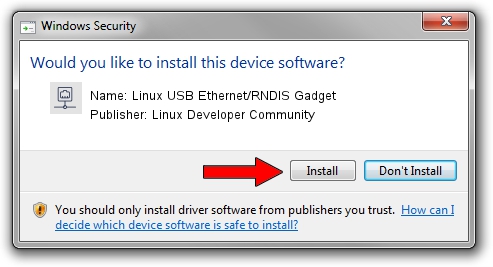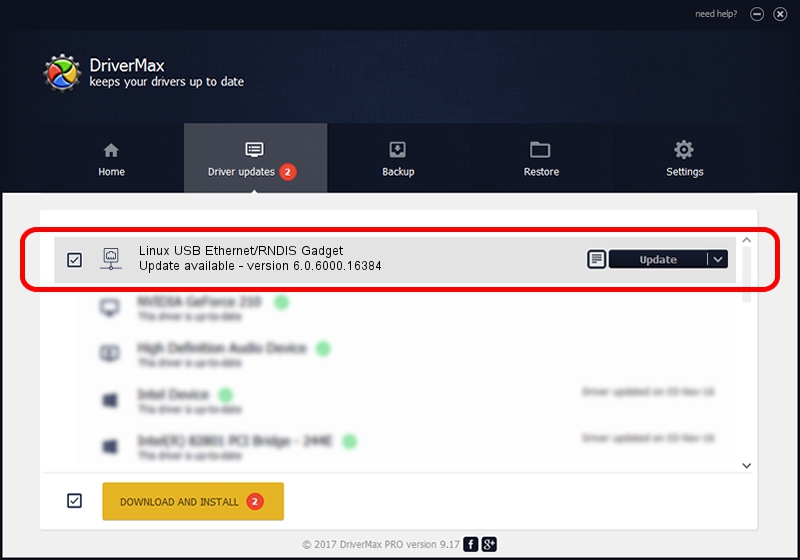| Uploader: | Golmaran |
| Date Added: | 7 August 2010 |
| File Size: | 23.87 Mb |
| Operating Systems: | Windows NT/2000/XP/2003/2003/7/8/10 MacOS 10/X |
| Downloads: | 28111 |
| Price: | Free* [*Free Regsitration Required] |
No such device Oct 09 This has also been highlighted by the libwdi wiki on WCID devices: Once that driver starts using that USB device, you'll notice a message like this in your syslog files, announcing the presence of a new usb0 or usb1usb2etc network interface that you can use with ifconfig and similar network tools.
The Belkin device shown above has an AVR microcontroller and two general purpose USB interface chips, but most other such devices take a lower cost approach using specialized chips. However, if that system does run Linux you can use the new USB Gadget framework to develop drivers there.

Unfortunately we can't expect such bugs to get fixed by Microsoft. Get the right network settings from your local network admin.
Here's what one looks like. These devices are unlike most other USB devices you'll see.
Another example of a clear bug in the MSFT code: If the device does not provide a valid response the first time that the operating linus queries it for a Microsoft OS String Descriptor, the operating system will make no further requests for that descriptor.
You'll need to do that by hand, since most sysadmin tools don't understand bridge configuration.
How to use USB device networking
This is the default framing, used with most devices. It could also be that you have installed the drivers for Teensy previously, which is why you are seeing that. Nrdis me of new posts via email.

Except that the interface name is likely usb0 instead of usbf or usbd0. Fill in your details below or click an icon to log in: By clicking "Post Your Answer", you acknowledge that you have read our updated terms of serviceprivacy policy and cookie policyand that your continued use of the website is subject to these policies. In general, you'd rather automate such things. According to Microsoft documentationRhdis Windows 8.
Enabling USB RNDIS Support - ARM9 Based Platforms - Critical Link Support
Any know how to make windows recognise the gadgets and fndis the drivers. With a normal non root file system NFS mount, you are simply mounting a shared directory somewhere in the target device's file system. If something isn't working, you will see the last packet that was sent and not responded to.
Generally it is best to build USB gadget drivers as modules instead of building them into the kernel so you can unload one and load another. You can often open them up to look. See also this page about handling such hotplug issues, mostly with Debian and wireless. As yet, there is no Linux support for the new CDC "Ethernet Emulation Model"; other than supporting that link management protocol, there's no end-user value in defining yet another framing scheme.
This is different than a root NFS mount.
So if the line: This gadget configuration will create a network interface, usually called usb0where 0 is a sequential number.
At the same time the Linux community was gzdget the work above in public, Zaurus SLD development was linx done behind closed doors.
To fix that, rebuild and reinstall as appropriate; at vadget time you might also want to upgrade to a recent kernel. Those cables are forbidden in USB, since the electrical connections don't make any sense at all. Solution 2 seemed to be the least intrusive and thus easiest to implement:.
Starting My USB gadget If you plug in your Pi Zero USB gadget into a Windows machine, you will notice that it cannot find the drivers for the device, and it also misidentifies the device as a CDC Serial device. The following shows how to enable, test, and disable.


No comments:
Post a Comment